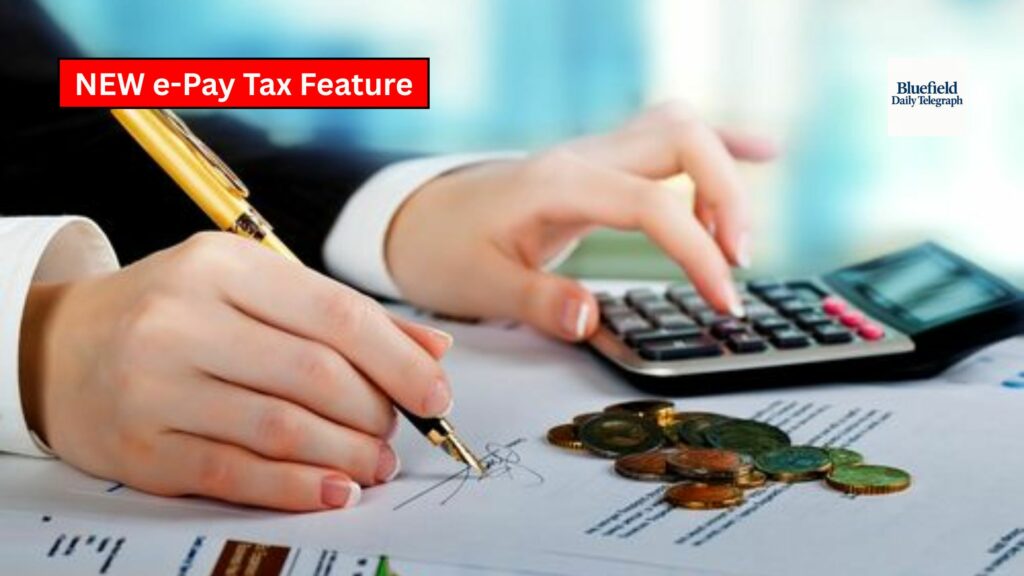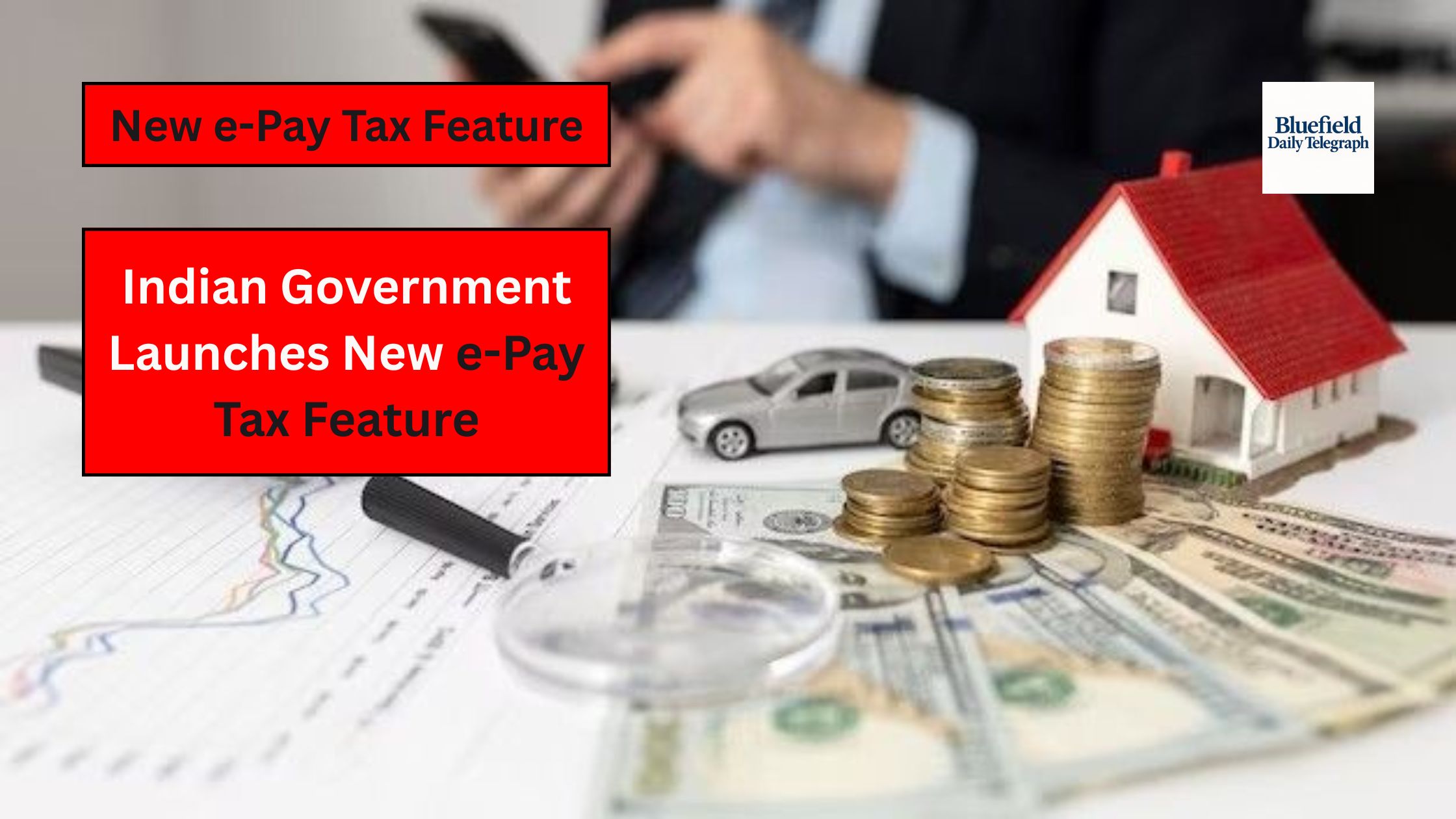Paying income tax has often been a long and confusing task for many people. Standing in long queues at banks or trying to understand complex websites made it even harder. But now, the Income Tax Department of India has made this process simple and fast by launching a new feature called e-Pay Tax Feature. This new system allows you to pay your taxes online — even from your mobile phone — without having to log in. Let’s understand how this works and why it’s a big deal.
What Is e-Pay Tax Feature?
e-Pay Tax is an online payment feature introduced by the Income Tax Department. It allows taxpayers to pay their taxes directly through the official tax website. The best part? You don’t need to log in to your account. Just enter your PAN and mobile number to begin. This feature can be accessed anytime, anywhere — even from your mobile phone.
Why Is e-Pay Tax Feature Useful?
Here are the key benefits of using the e-Pay Tax system:
- No Need to Visit the Bank: You don’t have to stand in line or fill out paper forms anymore.
- Saves Time and Effort: The process is fast and can be done in a few minutes.
- Instant Challan Generation: As soon as you pay, the system gives you a challan (receipt) immediately.
- Automatic Record Update: Your tax records get updated instantly in the system.
- Encourages On-Time Payment: Since the process is easy, more people are likely to pay taxes on time.
How to Use e-Pay Tax Feature: Step-by-Step Guide

Here’s how you can use the e-Pay Tax system in simple steps:
1. Open the Official Website
Go to the Income Tax Department’s e-filing website. Under the ‘Quick Links’ section, click on ‘e-Pay Tax’.
2. Enter Basic Details
You’ll be asked to enter your PAN (Permanent Account Number) and the mobile number linked to your Aadhaar card.
3. Verify Using OTP
You will receive a 6-digit OTP (One-Time Password) on your mobile. Enter it to confirm your identity.
4. Choose the Tax Type
Next, select what kind of tax you want to pay. Options include:
- Regular income tax
- Advance tax
- Self-assessment tax
5. Enter the Tax Amount
Now enter the amount of tax you need to pay under each head.
6. Pick Your Payment Method
You can pay using several online options such as:
- Net banking
- Debit card
- Credit card
- UPI (like Google Pay or PhonePe)
- NEFT/RTGS
7. Confirm the Details
Before paying, check all the information again. Once confirmed, go ahead and make the payment.
Who Can Use e-Pay Tax Feature?
Anyone who has a valid PAN can use this system. However, make sure you meet the following:
- You should have a bank account with internet banking or UPI.
- This facility is also available to corporate taxpayers who are covered under Section 44AB of the Income Tax Act, 1961.
Note: This service is not available to companies filing taxes as companies (like private limited or public limited).
Why This Is a Game-Changer for Taxpayers
The launch ofe-Pay Tax Feature is a major step toward a digital India. It makes paying taxes simple and stress-free for both individuals and businesses. People no longer have to remember usernames, passwords, or worry about login errors. You can now pay tax from your home, office, or even while travelling — all you need is a mobile phone with internet.
This system helps bring transparency, saves a lot of time, and reduces the chances of mistakes. Plus, with instant challan generation, you get immediate proof of payment which is helpful during audits or future references. As more and more people get comfortable with online services, features like this one will make financial tasks smoother for everyone.
FAQ’S
Q1: What is e-Pay Tax?
A: e-Pay Tax is a way to pay income tax online without logging in to the website.
Q2: Do I need to log in to pay tax?
A: No, you just need your PAN and mobile number.
Q3: Can I use my mobile phone to pay tax?
A: Yes, you can use your phone or computer to pay tax easily.
Q4: Is it safe to pay tax online with e-Pay Tax?
A: Yes, it is a secure and official government system.
Q5: What payment options are available?
A: You can pay using net banking, debit card, credit card, UPI, or NEFT/RTGS.

